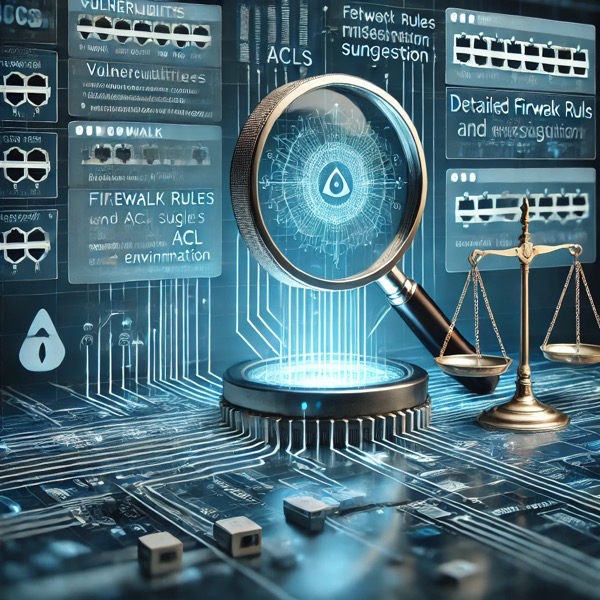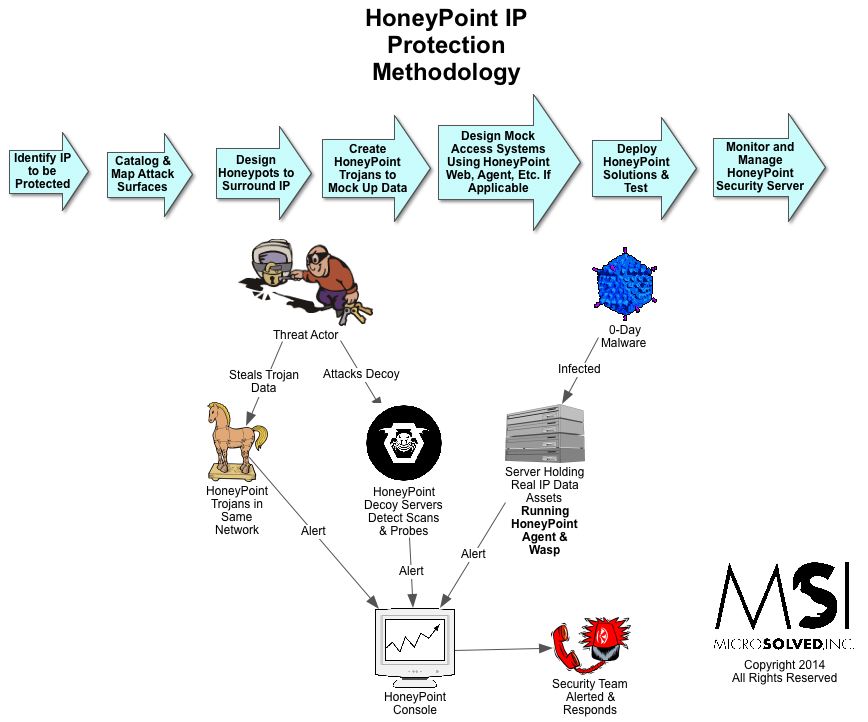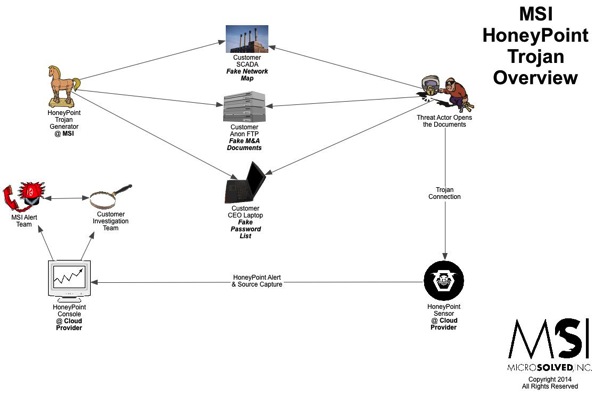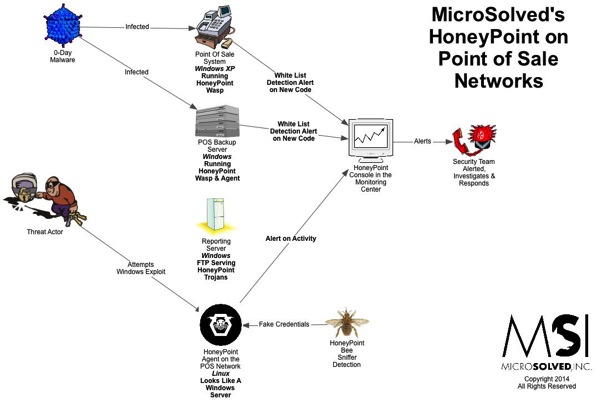The digital realm has become the bedrock of modern society, yet its security is increasingly jeopardized by a critical and growing challenge: the cybersecurity talent deficit. The demand for skilled cybersecurity professionals has never been higher, but organizations globally are struggling to find and retain the expertise needed to defend against evolving and sophisticated cyber threats. This shortage not only hinders innovation but also leaves organizations vulnerable to costly breaches and attacks. Addressing this pressing issue requires a paradigm shift in how we approach recruitment, development, and retention of cybersecurity professionals. This post delves into innovative strategies and actionable tactics that firms can implement to bridge this critical divide and build resilient security teams.

Understanding the Gravity of the Cybersecurity Talent Deficit
The cybersecurity talent deficit is not a theoretical problem; it’s a tangible threat with significant repercussions. The global gap is estimated at millions of unfilled positions, and in the United States alone, the shortage reaches hundreds of thousands. Alarmingly, the global cybersecurity workforce growth has even stalled recently. This scarcity of talent leads to numerous challenges for organizations:
- Increased Vulnerability: Unfilled security roles leave systems and data exposed, making organizations prime targets for cyberattacks.
- Overburdened Security Teams: Existing teams face increased workloads, stress, and a higher risk of burnout, leading to decreased effectiveness and higher turnover.
- Hinderance to Innovation: The lack of skilled professionals can stifle an organization’s ability to adopt new technologies and innovate securely.
- Rising Costs: Fierce competition for limited talent drives up salaries and recruitment costs.
- Disrupted Security Initiatives: Frequent job-hopping among cybersecurity professionals disrupts ongoing security projects and initiatives.
The roots of this deficit are multifaceted, stemming from the rapid evolution of the threat landscape, the specialized skill requirements within the field, insufficient training and education, and high burnout rates. Moreover, economic constraints are increasingly impacting organizations’ ability to build robust security teams.
Innovative Recruitment Strategies: Expanding the Talent Horizon
Traditional recruitment methods are often insufficient in today’s competitive landscape. Organizations need to adopt creative and forward-thinking strategies to attract a wider range of potential candidates.
Strategies:
- Leveraging Technology for Streamlined Sourcing: Employing AI-powered tools for candidate sourcing and screening can significantly enhance the efficiency of the recruitment process.
- Embracing Diversity and Inclusion: Actively seeking out and recruiting individuals from diverse backgrounds, including women and underrepresented groups, broadens the talent pool and brings fresh perspectives. Engaging with DEI-focused groups and ensuring inclusive hiring practices are crucial.
- Flexible Hiring Criteria: Shifting the focus from rigid credentials and years of experience to potential, aptitude, and transferable skills can unlock a wealth of talent from non-traditional backgrounds and career changers. Consider self-taught individuals and those with experience in related fields.
- Tapping into Global Talent Pools: Expanding recruitment efforts beyond local geographical boundaries allows organizations to access specialized expertise and potentially manage workforce costs more effectively. Implementing a global resourcing strategy can strengthen security defenses.
- Strategic Team Augmentation: Utilizing contractors and consultants for specific projects or to fill temporary gaps can provide crucial expertise without the long-term commitment of permanent hires.
- Building Strategic Partnerships: Collaborating with educational institutions (universities, colleges, minority-serving institutions), industry and professional organizations, and even high schools can create a sustainable talent pipeline. Offering internships and student ambassador programs can cultivate interest in cybersecurity careers early on.
- Enhancing Employer Branding and Outreach: Showcasing company culture, values, growth opportunities, and career advancement potential can attract cybersecurity professionals. Leveraging social media platforms and participating in career fairs and industry events are effective outreach tactics.
Tactics:
- Craft compelling job descriptions that focus on the impact of the role and required skills rather than just certifications.
- Implement skills-based assessments and challenges instead of solely relying on resume screening.
- Offer flexible work options such as remote work and adjustable schedules to attract a wider candidate pool.
- Utilize platforms like Cyber Range and Capture The Flag (CTF) competitions as recruitment tools to identify individuals with practical skills.
- Develop employee referral programs to leverage the networks of existing cybersecurity staff.
- Actively participate in online cybersecurity communities and forums to engage with potential candidates.
Investing in Internal Talent Development: Cultivating a Robust Workforce
Relying solely on external hiring is unsustainable. Organizations must prioritize the development of their existing workforce through continuous education, upskilling, and reskilling initiatives.
Strategies:
- Continuous Education and Upskilling: Providing structured learning paths, training programs, and opportunities for professional development ensures that cybersecurity professionals stay ahead of evolving threats and technologies. Investing in employee education also boosts retention rates.
- Building Strong In-House Training Programs: Developing internal training hubs with comprehensive syllabi and tailored resources allows employees to enhance their skills within the company’s specific context.
- Prioritizing Mentorship and Coaching: Pairing junior staff and new hires with experienced professionals provides invaluable guidance, hones skills, and fosters a vibrant talent pool within the organization.
- Covering Costs for Training and Certifications: Investing in vendor-specific and industry-recognized certifications like CompTIA Security+ and CISSP demonstrates a commitment to professional growth and makes the organization more attractive to potential and current employees.
- Upskilling and Reskilling IT Professionals: Allowing IT professionals with existing knowledge of company infrastructure to transition into cybersecurity roles can effectively address the talent shortage.
- Implementing Continuous Learning Platforms: Utilizing platforms that offer tailored training for specific areas like cloud security and AI ensures professionals can adapt to new technologies.
Tactics:
- Develop internal training modules focused on key cybersecurity domains.
- Establish internal academic hubs with dedicated resources for skill development.
- Implement formal mentorship programs with clear guidelines and expectations.
- Offer tuition reimbursement and cover the costs of relevant certifications.
- Organize regular workshops, webinars, and hands-on labs to facilitate skill development.
- Provide access to online learning platforms and industry-recognized training resources.
- Integrate advanced simulation training using platforms like Cyber Range and CTF exercises to provide realistic hands-on experience.
Leveraging Technology: Amplifying Human Capabilities
Technology can play a crucial role in bridging the cybersecurity talent gap by automating routine tasks and augmenting the capabilities of existing security personnel.
Strategies:
- Utilizing AI-Driven Security Operations: Implementing AI-powered tools can automate the processing of large data volumes, enabling faster detection and prediction of cyber threats, allowing security teams to focus on complex challenges.
- Automating Routine Security Tasks: Automating tasks such as updating threat databases, quarantining threats, and conducting compliance audits reduces manual workloads and lessens the need for a large security headcount. This also captures team knowledge and reduces the impact of staff turnover.
- Implementing Advanced Simulation Training: Utilizing platforms like Cyber Range and virtual reality environments provides immersive and realistic training experiences, allowing cybersecurity professionals to practice responding to real-world scenarios and develop critical skills.
- Adopting SOAR (Security Orchestration, Automation and Response) Platforms: These platforms help automate incident response workflows, improving efficiency and reducing the burden on security analysts.
- Employing AI-Enhanced Tools for Skill Development: AI-powered systems can provide real-time analysis and learning support, acting as digital assistants to cybersecurity teams.
Tactics:
- Invest in AI-powered security information and event management (SIEM) systems for enhanced threat detection and analysis.
- Deploy robotic process automation (RPA) for repetitive security tasks.
- Integrate SOAR platforms to automate incident response and security workflows.
- Utilize virtual reality training modules for immersive learning experiences.
- Implement AI-powered threat intelligence platforms for proactive threat identification.
Addressing High Burnout Rates: Fostering a Sustainable Workforce
High burnout rates are a significant contributor to the cybersecurity talent shortage. Creating a supportive and balanced work environment is crucial for retaining cybersecurity professionals.
Strategies:
- Promoting Work-Life Balance: Encouraging flexible work arrangements, such as remote work and adjustable hours, and ensuring manageable workloads are essential for employee well-being and retention.
- Enhancing Employee Support Systems: Providing proactive mental health support programs and fostering open communication can create a psychologically safe environment.
- Distributing Cybersecurity Responsibility: Spreading security responsibilities across the organization can reduce the burden on dedicated cybersecurity teams.
- Recognizing and Rewarding Contributions: Publicly acknowledging the efforts and successes of cybersecurity professionals can boost morale and job satisfaction.
- Developing Emotional Intelligence in Leadership: Equipping leaders to recognize early signs of burnout within their teams is crucial for proactive intervention.
Tactics:
- Offer flexible work arrangements and generous paid time off.
- Implement mental health support programs such as employee assistance programs (EAPs).
- Conduct regular team satisfaction surveys to identify potential issues.
- Ensure reasonable on-call rotations and workload distribution.
- Provide opportunities for professional development and attending conferences to prevent stagnation.
- Foster a culture of open communication and psychological safety where employees feel comfortable raising concerns.
Holistic Approaches to Talent Development: Cultivating a Security-First Culture
Addressing the cybersecurity talent shortage requires a holistic and long-term perspective that integrates various strategies and fosters a culture of continuous learning and security awareness across the entire organization.
Strategies:
- Strategic Resourcing and Workforce Planning: Developing a comprehensive understanding of the organization’s cybersecurity needs and proactively planning for future talent requirements is essential.
- Cultural Shifts Towards Ongoing Learning: Embedding a culture that values and encourages continuous learning ensures the workforce remains adaptable to the evolving threat landscape. Initiatives like internal CTF competitions and structured learning paths can foster this culture.
- Skill-Based Hiring Over Degree-Focused Approaches: Prioritizing demonstrable skills and practical experience over traditional academic qualifications can broaden the talent pool.
- Collaboration with Third-Party Providers: Strategically partnering with MSSPs and security consultants can provide access to specialized skills and support during periods of talent shortage.
Tactics:
- Conduct regular workforce planning exercises to identify future cybersecurity skill needs.
- Integrate cybersecurity awareness training for all employees to foster a security-conscious culture.
- Create internal knowledge-sharing platforms to facilitate peer-to-peer learning.
- Establish clear career development pathways with defined progression opportunities.
- Track key metrics such as time-to-fill, retention rates, and employee satisfaction to evaluate the effectiveness of talent strategies.
Conclusion: A Multifaceted Approach to Building Cyber Resilience
The cybersecurity talent shortage is a complex challenge that demands innovative and multifaceted solutions. There is no single silver bullet. Organizations that proactively adopt creative recruitment strategies, invest in internal talent development, leverage technology effectively, prioritize employee well-being, and foster a culture of continuous learning will be best positioned to build and maintain resilient cybersecurity teams. By shifting from traditional approaches to embracing these innovative strategies and tactics, organizations can begin to bridge the divide and secure their digital future. The time to act is now, to cultivate the cybersecurity workforce of tomorrow and safeguard our increasingly interconnected world.
More Information and Assistance from MicroSolved, Inc.
At MicroSolved, Inc., we understand the challenges organizations face in hiring and retaining top-tier cybersecurity talent. The ever-evolving threat landscape and increasing compliance demands require organizations to be agile and forward-thinking in their approach to cybersecurity. That’s where we come in, offering tailored solutions to meet your unique needs.
vCISO Services
Our Virtual Chief Information Officer (vCISO) services are designed to provide you with expert guidance without the need for an in-house CISO. Our vCISOs bring a wealth of experience and knowledge, offering strategic insights to align your cybersecurity posture with your business objectives. They work closely with your team to:
- Explain complex cybersecurity concepts in understandable terms, facilitating better decision-making.
- Ensure your organization meets compliance requirements and stays ahead of regulatory changes.
- Position your organization strategically in the ever-changing cybersecurity landscape.
- Build and maintain long-term relationships to support ongoing security improvement and innovation.
Mentoring Services
At MicroSolved, Inc., we believe that mentorship is vital for fostering growth and ensuring the success of your cybersecurity team. Our mentoring services focus on developing your talent, from the most senior professionals to your newest hires. We provide:
- Personalized coaching to help team members understand the “why” behind security protocols and strategies.
- Guidance to help professionals stay current with the latest cybersecurity trends and technologies.
- Support for continuous skill development, addressing any challenges your team may face with new skills or technologies.
Additional Resources
In addition to our vCISO and mentoring services, we offer a range of resources to enhance your cybersecurity strategy:
- Incident Readiness and Response: Preparedness planning and support to minimize the impact of security breaches.
- Threat Modeling: In-depth analysis of incidents and proactive threat identification.
By choosing MicroSolved, Inc., you’re not just partnering with a service provider; you’re aligning with a team dedicated to empowering your organization through expert guidance, strategic insights, and continuous support.
For more information on how we can assist with your cybersecurity needs, contact us today. Let us help you build a resilient cybersecurity culture that keeps your organization secure and competitive.
* AI tools were used as a research assistant for this content, but human moderation and writing are also included. The included images are AI-generated.





